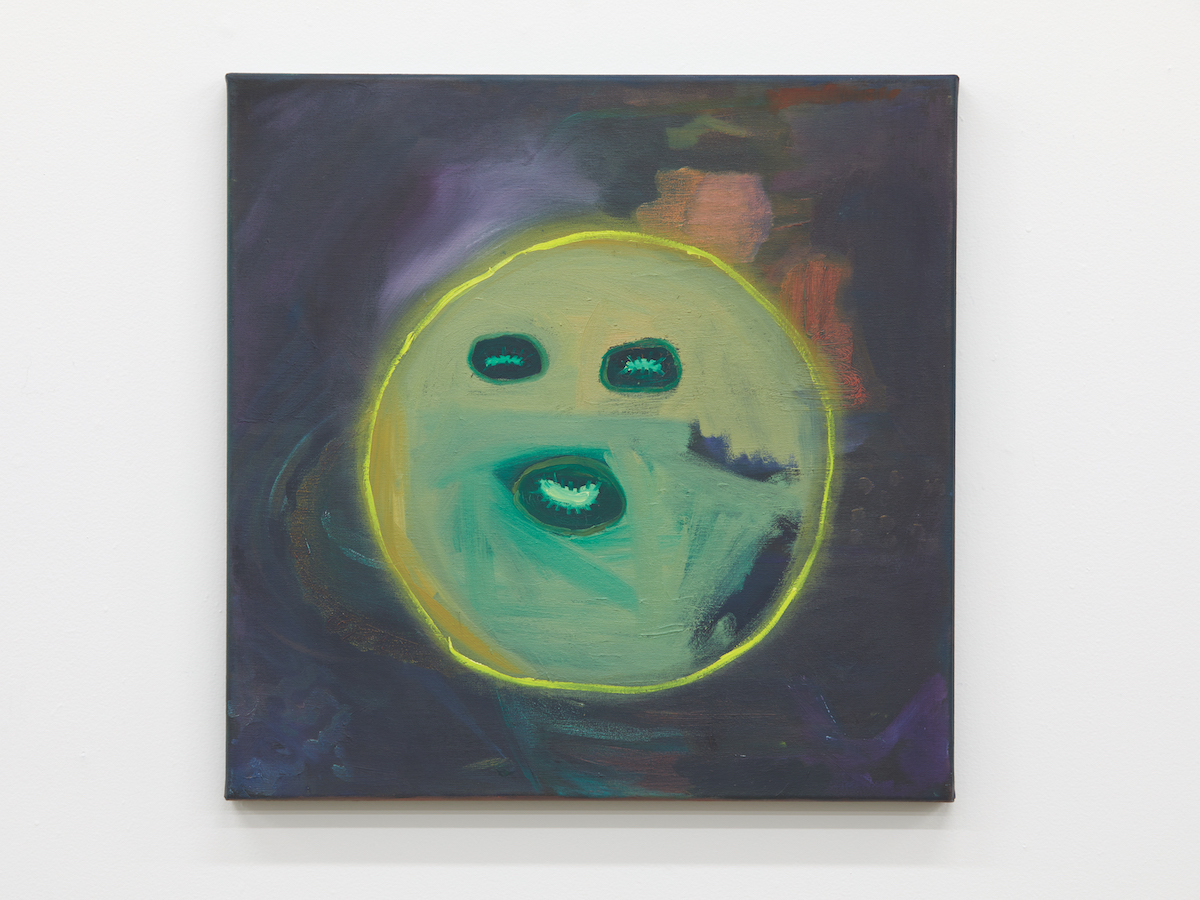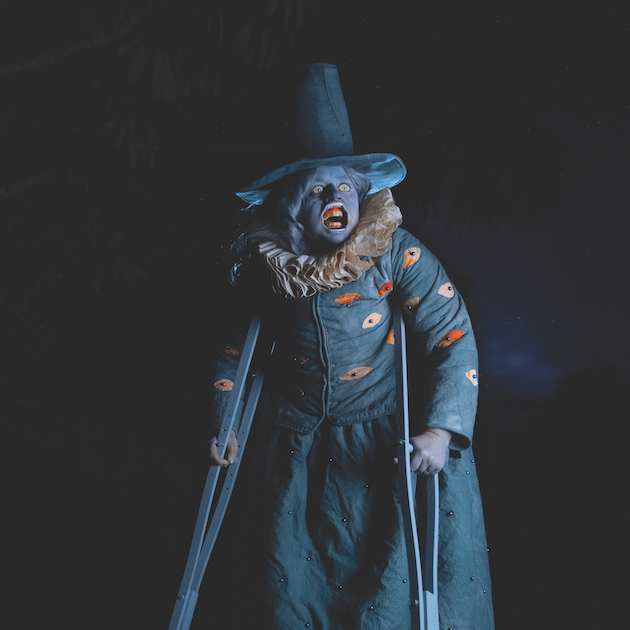Layla Rudneva-Mackay
Words: Sue Gardiner
Layla Rudneva-Mackay’s body of work, ACC bcc Bananas, exhibited at Starkwhite, Auckland in June 2020, was the first solo exhibition from the artist in four years. In 2016 she was exploring the still life painting tradition afresh through domestic subject matter and memories of family connections. By 2017 a different still life mode emerges – one of isolation, distress and pain.
The past several years came to represent, in the artist’s life, a private time of disruption and extreme pain following a debilitating sequence of operations. Her life radically
changed. “I can no longer be in the world like I used to,” she said. It was also a time when the artist’s voice felt silenced, as she was unable to form her feelings into language. “You lose the words in your head,” she said. “Being dyslexic made it harder, leading to a feeling of being locked in, of being lost, so I had to make a language for myself – a language in paint.”
How to paint under these circumstances? The word itself begins with the letters P. A. I. N., as artist Julian Dashper once pointed out. To start with? “Slowly”. Many of the paintings in this series took several years to complete and, in some way, track the process of gradual recovery over time. Dark Moon (2017) introduces us to that world. Kiwifruit on a plate, cut up for youngsters as part of a family routine, morph so the pips become wound stitches, the plate becomes a haunting, jaundiced moon-face, the purple brush- strokes look broodingly dark and the yellow circle seems like a scar piercing the skin. The face floats with no anchor in the world.
In Fruit Heavy (2017–19), fruits float in a nightmarish dream sequence from the unconscious mind. In Tamarillo Tart (2017– 19), a mask like face forms like an apparition on a road to no-where. Other works feature the hollowed-out eyes of late-night rituals with no sleep, moving between physical and emotional worlds. Moments of surreal humour pop up – funny faces laughing with vicious glee, looking like cartoonish emojis from a Pain Measurement Chart. And yes, there are also moments of joy.
An audio work in the exhibition written by the artist starts as a letter to Frida Kahlo, asking the Mexican painter “I’m not as strong as you, how did you do it?”. Later in the audio letter she speaks directly to those medical professionals who would not listen to her, but also of her inspiring female relatives, of the handing down of knowledge and stories in a matrilineal line. The chance to speak is powerful, and during the exhibition, a group of women, some with shared experiences, gathered for a shared conversation led by poet Tracey Slaughter and Dr Claire McLintock. “It felt empowering to finally be able to speak honestly, to feel the strength of others,” Rudneva-Mackay says. Others who have spoken out such as Irish author Sinéad Gleeson, are also inspiring to her. “Connections are the things that help you out.”
This article was originally published in Art Collector issue 95, January to March 2021.








